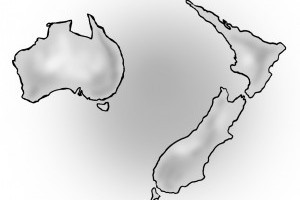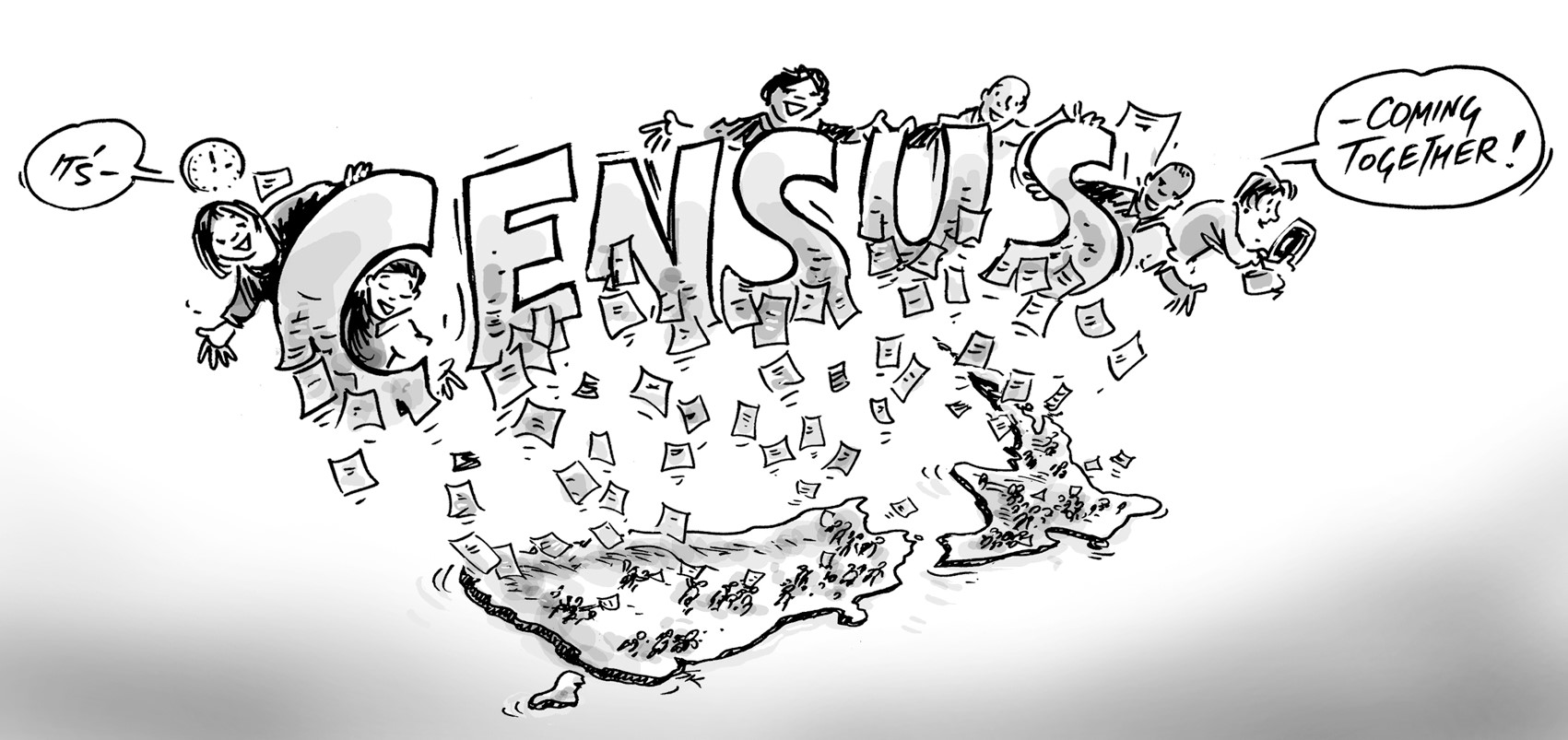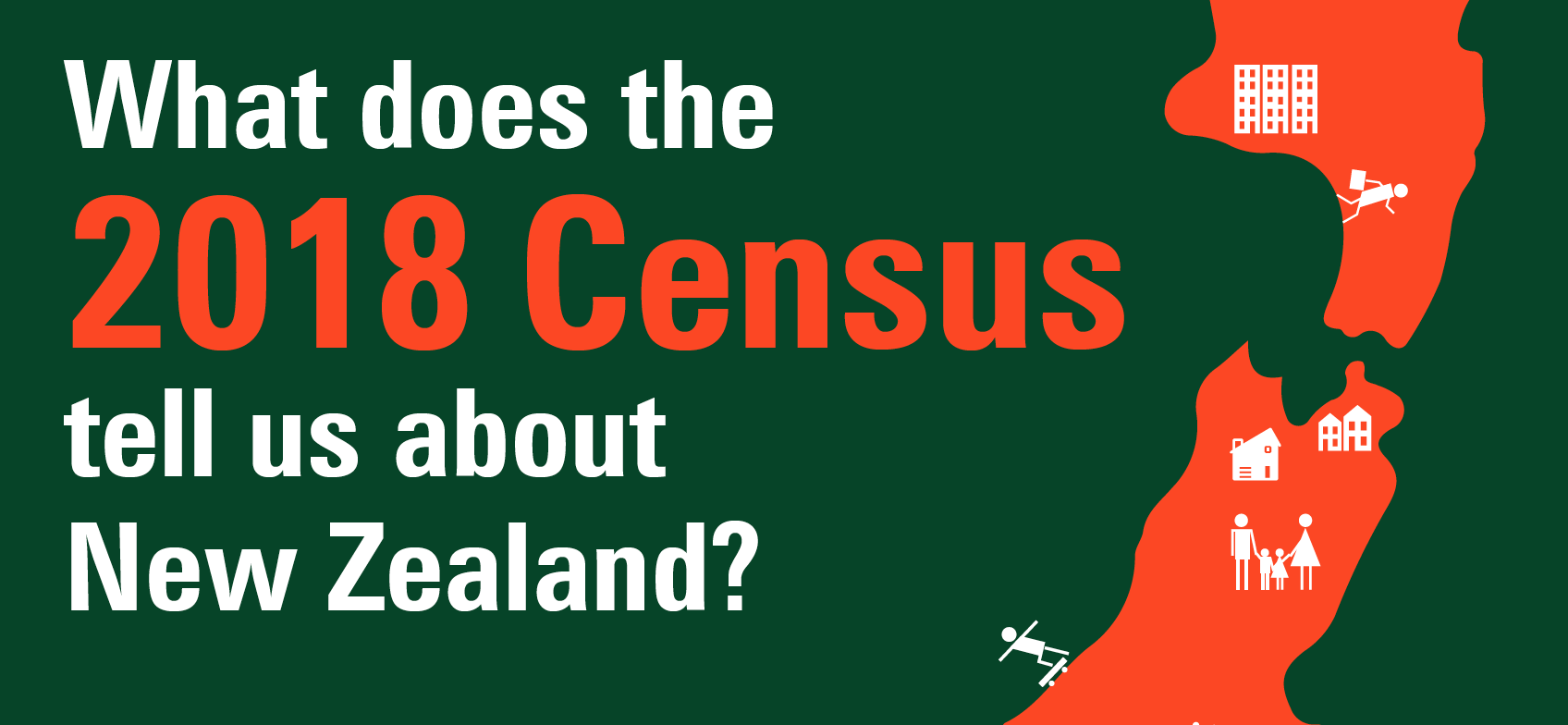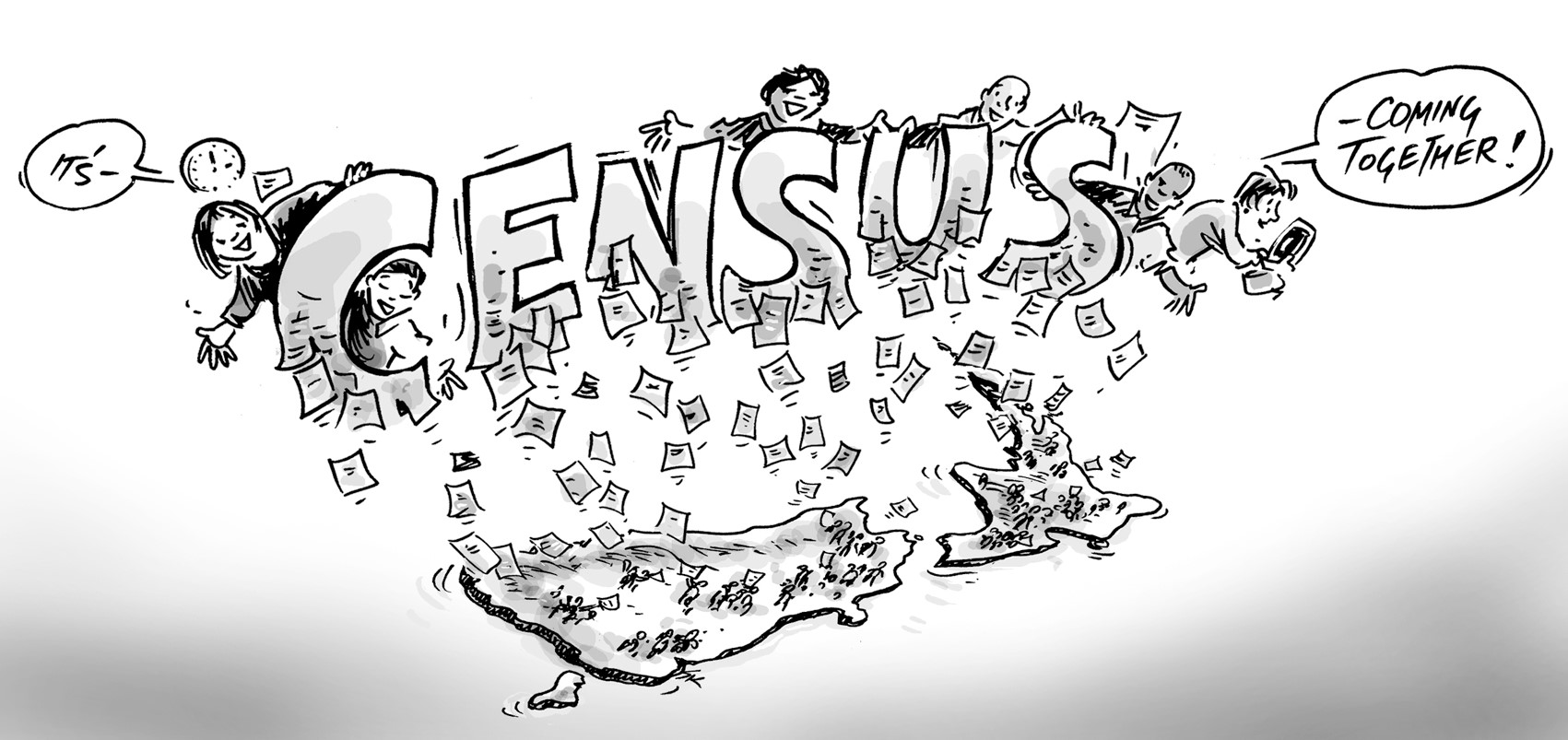In a recent blog I looked at the development of the deprivation index in New Zealand (NZDep) and debated the strengths and weaknesses of its use. But talking to my Te Puni Kōkiri contact last week, he made a good comment on the relative values allocated to the indicators, and the indicators selected, noting that notions of deprivation do not necessarily hold true across ethnicities and cultures.

Interestingly Salmon and Crampton, authors of the New Zealand Deprivation Index define deprivation in the following manner.
Deprivation is “a state of observable and demonstrable disadvantage relative to the local community or the wider society or nation to which an individual, family or group belongs”.
It can include both material and social deprivation, material deprivation involving the material apparatus, goods, services, resources, amenities and physical environment and location of life, and social deprivation involving the roles, relationships, functions, customs, rights and responsibilities of membership of society and its subgroups.
As a result, some people may be thought of as experiencing multiple deprivation and others as experiencing only a single form of deprivation.
Clearly the NZDep looks at the material side of deprivation (capturing income indicators, employment, communication, transport, home ownership and living space). But it does not touch on indicators of social deprivation that might involve customs, rights, roles, cultural affiliation and relationships amongst just a few strands of the social fabric of life.
It was out of this void that the first survey of Māori wellbeing Te Kupenga took place in 2013. Conducted by Stats NZ, Te Kupenga had a goal of taking a snapshot of the social, cultural (including the health of the Māori language), and economic well-being of Māori in New Zealand.
The first release of information from Te Kupenga was made recently providing an overview of four areas of Māori cultural well-being: wairuatanga (spirituality), tikanga (Māori customs and practices), te reo Māori (the Māori language), whanaungatanga (social connectedness).
The summary of initial findings was summarised in this simple graphic:

You can check out more about Te Kupenga on the Stats New Zealand website
Of course each census captures the information required to make an assessment of the material deprivation experienced by different ethnicities including Maori. [I couldn’t help thinking it would be awesome if the census introduced some questions on social connectedness though]. Of keen interest to planners and researchers needing to understand more about local iwi now the 2013 census data has been released, Te Puni Kōkiri is close to lauching its own iwi and rohe profile. The Aotearoa iwi and rohe profile – Te Whakahura a Kupe – analyses the demographic characteristics of 98 iwi and 10 rohe. It contributes to Te Puni Kōkiri’s strategic goals by providing an excellent evidence base to support and harness the collective talents of Māori.
To access all our NZ community profiles – now with 2013 census data, visit our demographic research centre. If you enjoyed this article, subscribe to our blog or newsletter and keep up-to-date with the latest demographic and population trends.











